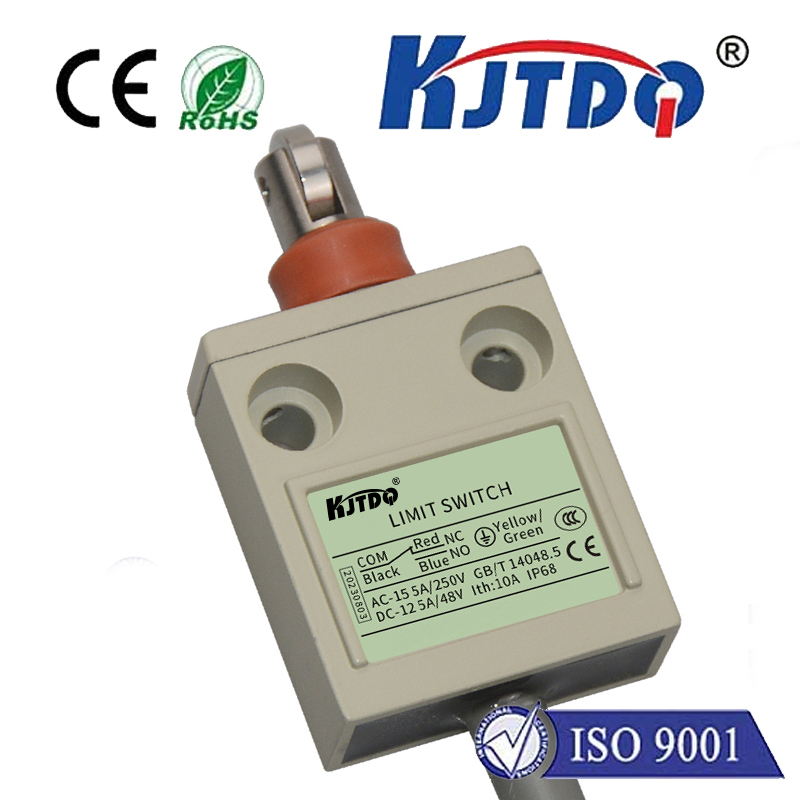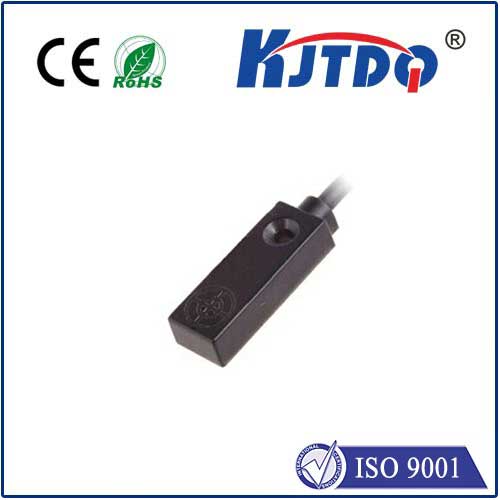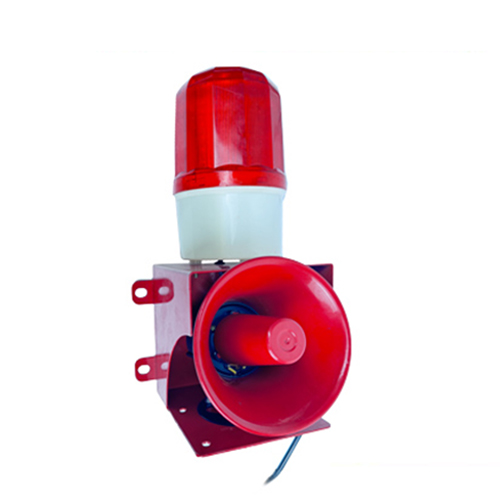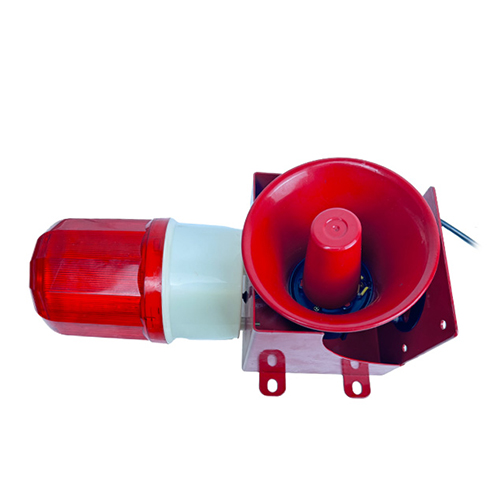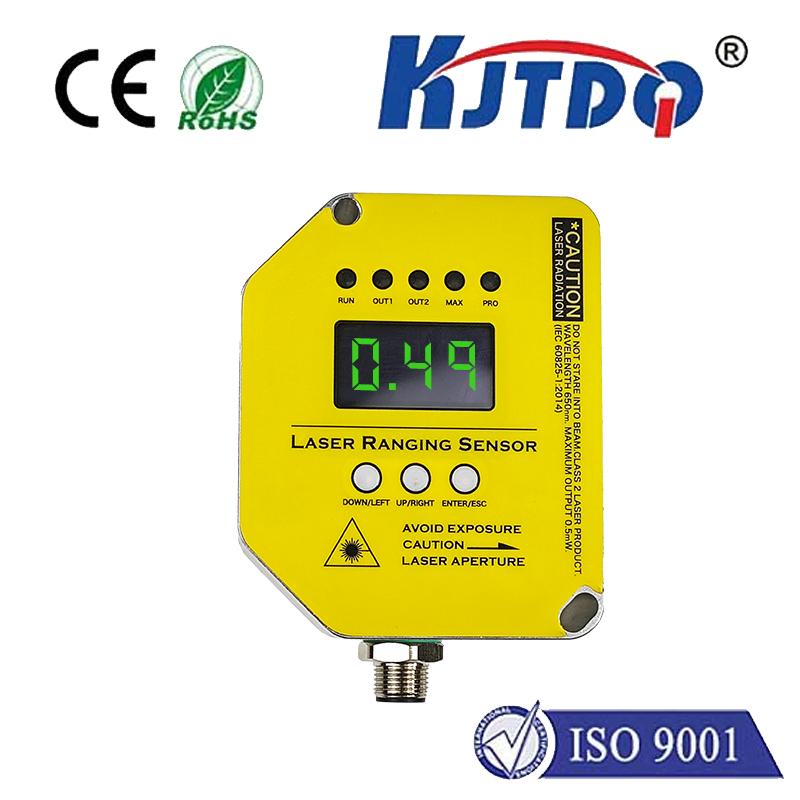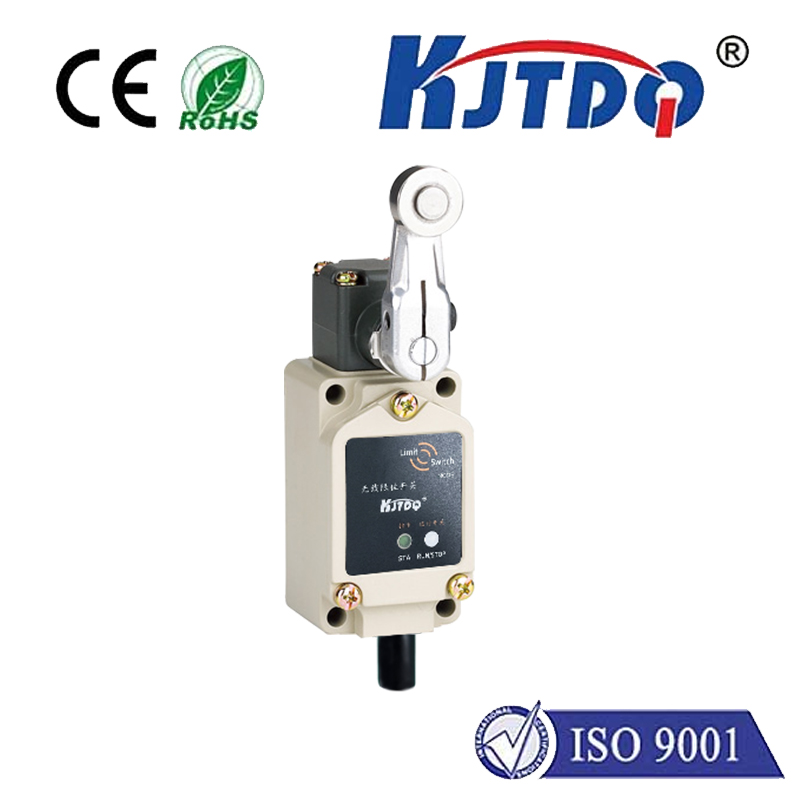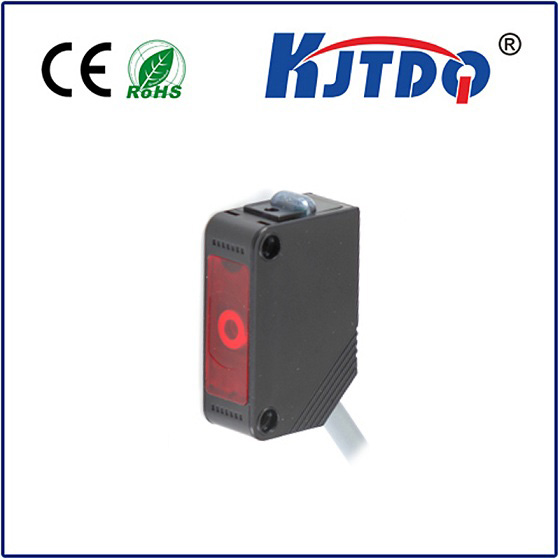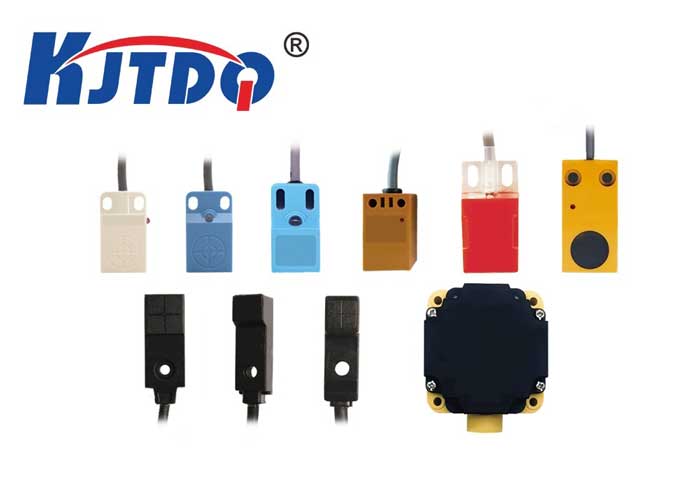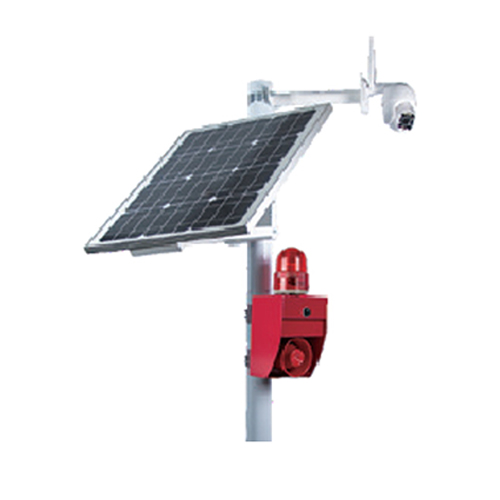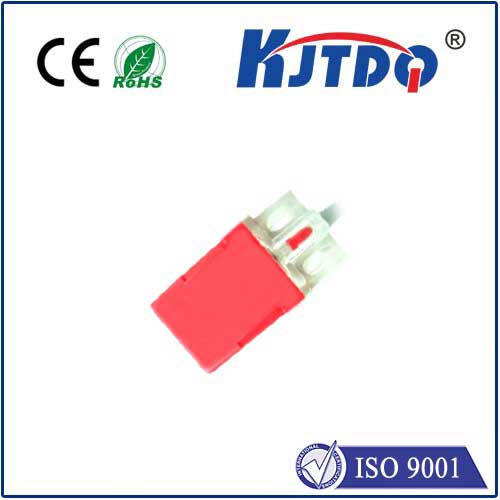

check

check

check

check

check

check

check

check

check

check
Understanding the 3 Pin Limit Switch: An In-Depth Guide
The three-pin limit switch is a crucial component in various industrial automation systems, acting as an essential part of motion control mechanisms. It's used for detecting the presence or absence of objects and determining their position within a given space. The switch can be programmed to stop motors when an object reaches a specific point, ensuring precise and safe operations in manufacturing, packaging, and other automated processes.

A three-pin limit switch consists of three pins – common (C), normally open (NO), and normally closed (NC) – which control its functionality. The common pin serves as the input for the switch, while the NC and NO pins are responsible for outputting signals. When the actuator on the switch is triggered by an object, it changes the state of these pins, thereby transmitting data to other components in the system.
One significant advantage of using a three-pin limit switch is its flexibility. Depending on your application's requirements, you can choose either the normally open or normally closed configuration. The normally open setup allows current flow when the actuator is triggered, making it suitable for applications where power must be supplied at specific points. In contrast, the normally closed configuration prevents current flow upon actuation, making it ideal for safety mechanisms that require immediate power cutoff.
Another benefit of this type of switch is its accuracy. With proper calibration and installation, a three-pin limit switch can detect objects with high precision, reducing the risk of errors in automated systems. This reliability makes it invaluable in environments where even slight mistakes could lead to significant consequences, such as production downtime or equipment damage.
To maximize the effectiveness of a three-pin limit switch, correct installation is vital. It should be placed strategically within the system to ensure accurate detection and response times. Additionally, regular maintenance checks should be performed to guarantee the switch's optimal performance over time.
In conclusion, the three-pin limit switch is a versatile and reliable tool for managing motion control in automation systems. Its ability to provide precise detection and quick responses makes it a critical component in ensuring smooth operations across various industries. By understanding how this device works and adhering to proper installation and maintenance practices, you can harness its full potential to enhance efficiency and safety in your operations.
